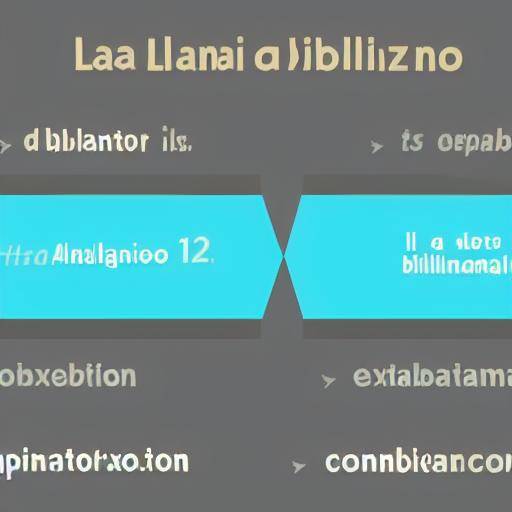
Introduction
In today's accelerated world of work, efficient time management is crucial to increasing productivity. Short meetings, with their focus on concision and effectiveness, have become a vital tool to optimize job performance. In this article, we will explore in detail the impact of these meetings on labour productivity, as well as their connection to time management. We will discover how short meetings can be key to maximizing efficiency in the working environment and how they can positively impact a company's results, while offering practical advice and real examples for implementation.
History and Background
Short meetings or "stand-up meetings" have their roots in the agile software development methodology, where the focus on effective communication and rapid problem resolution led to short and focused meetings. Over time, this practice has spread to other areas of business, recognized for its ability to foster collaboration, agile decision-making and monitoring project progress. In the contemporary world, short meetings have become a common practice in various industries, supported by studies that demonstrate their positive impact on productivity and time management.
Analysis in Deep
Brief meetings offer a number of significant benefits in the working environment. Compared to traditional meetings, these tend to be more concise and efficient, reducing time loss and improving the attention of participants. In addition, in fostering active participation and rapid exchange of information, short meetings can facilitate more agile decision-making, promote transparency and create a more dynamic working environment.
However, there are challenges associated with the implementation of short meetings. Efficient coordination and synthesis capacity are critical to ensuring that these meetings are effective. Group dynamics can also influence the productivity and commitment of participants, and it is crucial to manage them properly to achieve positive results consistently.
Comprehensive review
Brief meetings have become a widespread practice in various industries, from technology to manufacturing and financial services. Through case studies and best practices, it has been shown that short meetings not only increase productivity, but also foster greater cohesion among teams, improve internal and external communication, and allow greater agility in decision-making.
Conclusion
In conclusion, short meetings, when implemented effectively, can have a significant impact on labour productivity and time management. They provide a platform for clear communication and agile collaboration, leading to greater efficiency and tangible results. By understanding and harnessing the benefits of short meetings, organizations can maximize their potential and address the challenges of a dynamic and demanding working environment.
FAQs
1. What is the ideal time for a short meeting?
The ideal duration of a short meeting varies according to the nature of the equipment and the tasks to be addressed. It is generally recommended that these meetings last between 10 and 15 minutes to maintain focus and efficiency.
2. How can active participation be ensured in short meetings?
Promoting active participation in short meetings requires good moderation and fostering an atmosphere of trust and openness where all members feel comfortable to contribute.
3. What are the main benefits of brief meetings in terms of time management?
Short meetings help to optimize time by reducing time loss in long and unproductive meetings, allowing teams to quickly address problems and priorities without significantly disrupting their workflows.
4. What is the difference between short meetings and traditional meetings?
The main difference lies in the duration and structure. While traditional meetings tend to be longer and more detailed, short meetings focus on specific objectives and limit their duration, focusing on agile resolution of problems.
5. What is the role of the leader in brief meetings?
The leader plays a crucial role in directing short meetings, keeping the focus on specific goals, fostering participation and ensuring that established times are followed.
6. Do research have scientific backing on the benefits of short meetings in productivity?
Yes, several studies support the benefits of short meetings on labour productivity, demonstrating their ability to improve efficiency, decision-making and team collaboration.
With these tips and knowledge, we hope you can effectively implement short meetings in your working environment to optimize productivity and time management.
Remember, short meetings are a powerful tool, but their effectiveness depends on their careful and thoughtful implementation. By understanding its impact on labor productivity and its connection to time management, you can make the most of this practice to boost success in your workplace.
Go ahead, start incorporating short meetings on your day to day work and watch how they positively transform the dynamics of your team and the efficiency of your work!






















































